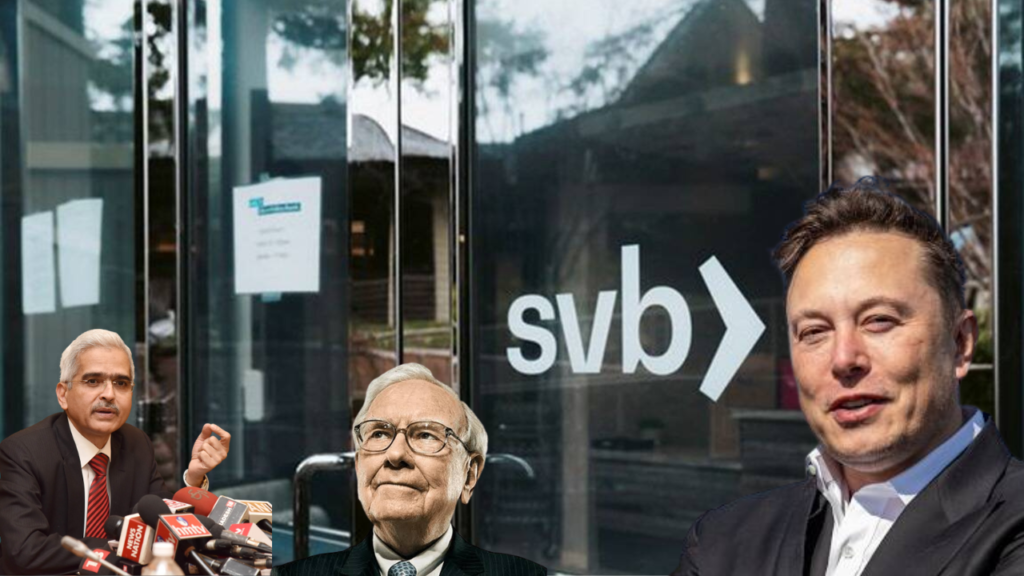The Silicon Valley Bank collapsed due to a phenomenon called a bank run. A bank run is when many people who have deposited in the bank request the bank to return their money. This can be explained via the following image. The image below is designed by Johan Jarnestad for explaining the concept of a bank run for which Ben S. Bernanke, Douglas W. Diamond & Philip H. Dybvig were awarded the Nobel Prize in Economics in 2022.
Table of Contents
How did the Silicon Valley Bank Collapse Unfold?
The bank might have caused its collapse by selling $21 billion worth of bonds at a loss of $1.8 billion. This was because many of those bonds were giving a low return of only 1.79% at a time when interest rates had gone up a lot, and the bank was not performing as well as its competitors.
The bank’s rating was also in danger of being downgraded by Moody’s. To improve its situation, the bank decided to get money from General Atlantic and sell a convertible bond to the public, with the help of Goldman Sachs. It was done to reassure investors, but it surprised the market and led to a lot of withdrawals from the bank’s clients. The bank could have made a mistake by choosing to sell the convertible preferred stock, which couldn’t be sold right away, leaving time for investors and clients to doubt the firm and withdraw their deposits.
“There were torrents of emails, voicemails, calls, Slacks, text messages, where all of the VCs were imploring their companies to move capital out of the Silicon Valley Bank, which created that $42 billion leaving the bank”. – Source Euro News
How will people be impacted by the collapse of SVB?
Access to money for the firms that parked their deposits will be stalled. This will include the following.
- Venture capital firms
- Limited partners, such as pension funds
- All the other companies who parked their deposits in SVB
The result will be that these firms will not be able to pay salaries or compensation to their employees on time and it will also raise caution on the funding of startups. The impact will be the loss of jobs and a slowdown of demand in the global markets.
What is the way forward?
The only way forward in this kind of situation is to take the assets of the bank under a regulatory framework and try to recover as much amount as possible by selling those assets and return the money to the depositors to restore confidence in the banking sector of the country. In the meantime billionaire investor Elon Musk proposed the idea that he is open to buying the Silicon Valley Bank.
FDIC and its role
Whereas there is some hope for the depositors as FDIC is taking charge of the bank in returning the depositors’ money. There is hardly any hope left for the investors of the bank. In the US, it is a common belief that deposits are only protected up to $250,000 [₹ 20,465,750], which is legally accurate. However, since 2008, the FDIC has been attempting to organize sales to other banks, so that customers are smoothly transitioned overnight without losing their deposits.
According to the experts, it is assumed that the Silicon Valley Bank collapse is only going to be felt in pockets due to its confinement only to startup companies and almost negligible retail depositors. However, the investigations into the banking operations are ongoing and nothing can be said with conformity as new information emerges the assessment of the impact from the fallout of the so-called ‘pocket of instability’ will be felt.

